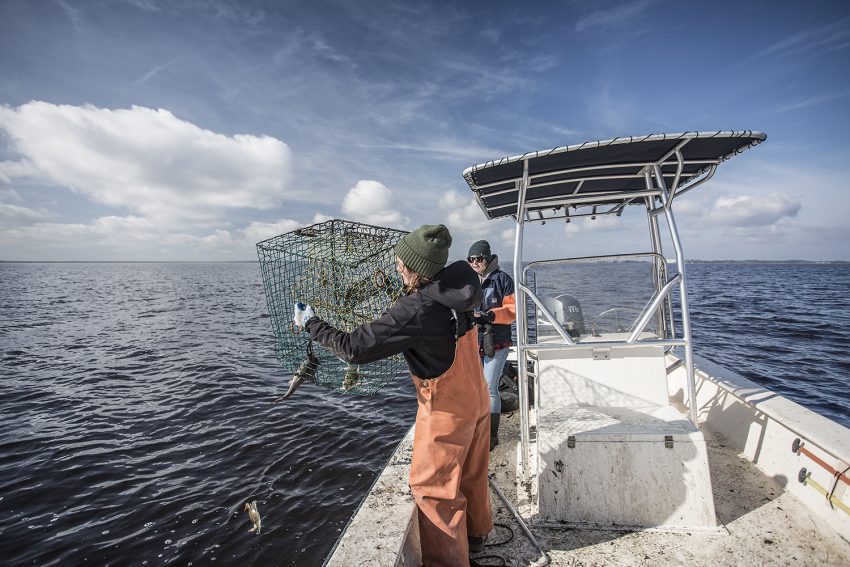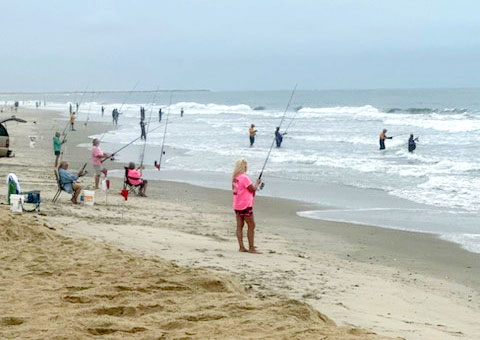Division of Marine Fisheries Issues Annual Stock overview for 2018
 The N.C. Division of Marine Fisheries is continuing efforts to make its annual stock overview both easier to navigate and more informative for the public.
The N.C. Division of Marine Fisheries is continuing efforts to make its annual stock overview both easier to navigate and more informative for the public.
In this year’s overview, the division no longer includes a one-page summary on each species, but alternatively links directly to the more thorough report for each species in the annual Fishery Management Plan Update.
“We are making this change to provide the public with a more in-depth review of both the management and stock status for each species,” said Lee Paramore, who leads the division’s Biological Review Team.
The Fishery Management Plan Updates include all the information that was given in the one-pagers in the past, but they also provide a more comprehensive view of long-term trends in catch, biological data and management.
Last year, the division began using the stock assessment determination terms of overfishing and overfished/depleted in lieu of the more subjective categories of viable, recovering, depleted, concern, and unknown. In 2017, the division altered the format of the report to clarify the role the state plays in management of each species by separating state-managed species from those cooperatively managed through a federal or interstate entity. In this year’s report, data for all recreational fishing activity monitored through the Marine Recreational Information Program has been updated based on the program’s new methodology.
Highlights of this year’s stock overview for state managed species include:
- Striped Mullet: After near historic low landings in 2017 triggered a review of this stock, striped mullet landings rebounded, and no management triggers were met in 2018. The most recent stock assessment, completed in 2018, indicates that overfishing is not occurring on this stock.
- Blue Crab: The Division of Marine Fisheries continues the development of Amendment 3 to the Blue Crab Fishery Management Plan following results of the 2018 benchmark stock assessment that indicated the stock is overfished and overfishing is occurring. Amendment 3 is scheduled to be adopted in early 2020.
- Striped Bass (Central Southern Management Area): Research has shown that striped bass in the Central Southern Management Area are not a self-sustaining population and that fishermen are mainly catching hatchery-raised fish; however, in 2018, agency data suggested there have been two recent naturally-spawned year classes. To provide additional protection for these non-hatchery fish and to increase natural spawning stock biomass, the Division of Marine Fisheries and Wildlife Resources Commission implemented a year-round commercial and recreational season closure in coastal and joint waters of the Central Southern Management Area.
- Spotted Seatrout: A benchmark stock assessment for spotted seatrout is underway in 2019 coinciding with the scheduled fishery management plan review. The prior stock assessment from 2014, indicated that this stock is not overfished and is not experiencing overfishing.
- Southern Flounder: The 2019 stock assessment of southern flounder in the south Atlantic indicated that the stock is overfished and overfishing is occurring. This assessment passed peer review and the model was accepted for use in management. Adoption of Amendment 2 to the Southern Flounder Fishery Management Plan is scheduled for August 2019. Development of Amendment 3 is scheduled to begin upon adoption of Amendment 2.
For more information, contact Lee Paramore at 252-473-5734.







